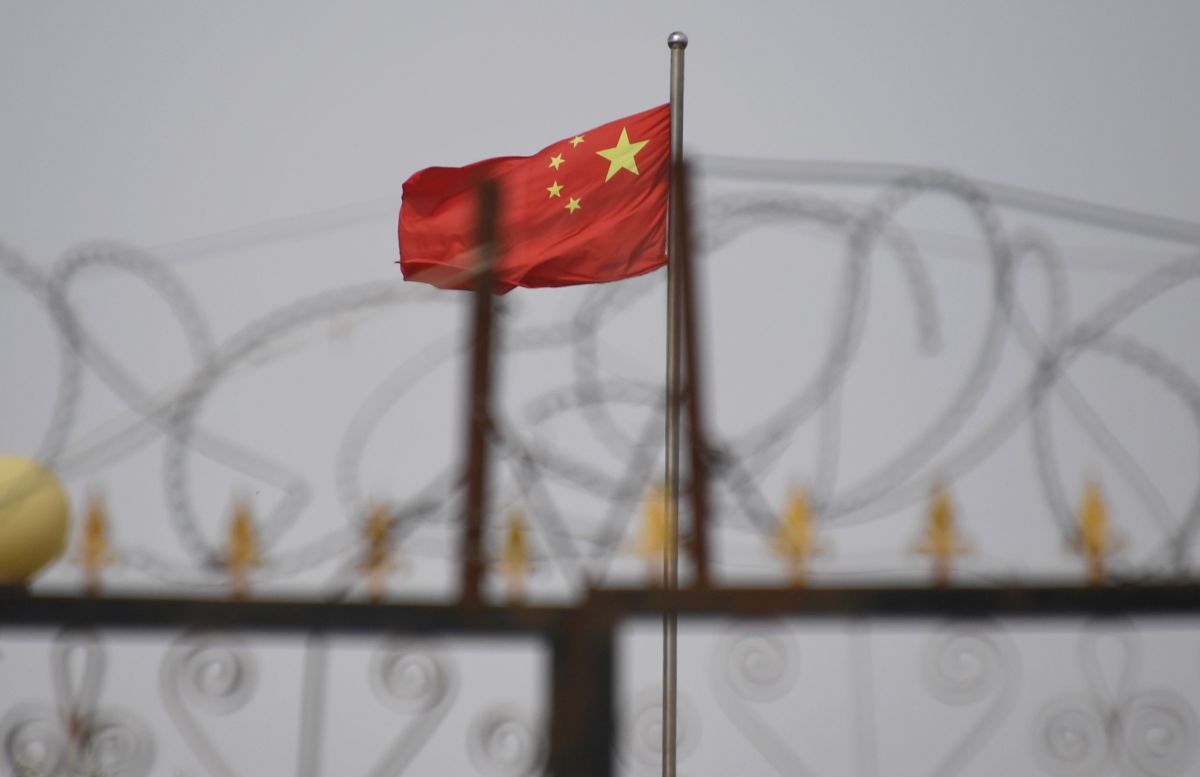Revealed: Inside China’s AI Censorship Machine – Leaked Data Uncovers the Truth
In recent developments, a leaked dataset has unveiled a sophisticated AI censorship system in China, designed to enhance the government’s already extensive control over online discourse. This revelation highlights the alarming trend of AI technology in state censorship, particularly in authoritarian regimes.
The Emergence of AI in Chinese Censorship
According to a report by TechCrunch, the dataset consists of approximately 133,000 examples of content flagged for sensitivity, indicating a new level of surveillance and control over online conversations in China. This system is not only focused on traditional taboos, such as the Tiananmen Square massacre, but extends to a wide range of topics that could provoke dissent.
Insights from Experts
Xiao Qiang, a researcher at UC Berkeley, analyzed the dataset and emphasized its implications for state repression. He stated that this system significantly enhances censorship efficiency compared to traditional methods, which rely on human intervention for keyword filtering. By employing large language models (LLMs), the system can process and flag content with greater granularity.
Data Security Breach
The dataset was uncovered by security researcher NetAskari, who found it stored in an unsecured Elasticsearch database on a Baidu server. While there’s no evidence linking either company to the dataset’s creation, this incident raises concerns about data privacy and security.
Key Topics of Censorship
The AI system targets a variety of sensitive topics, including:
- Pollution and food safety scandals
- Financial fraud
- Labor disputes
- Political satire, especially historical analogies related to current political figures
- Military affairs, including military movements and exercises
For example, posts highlighting issues like corrupt local police or rural poverty in China have been flagged as high priority, indicating the government’s fear of public dissent and unrest.
Public Opinion Control
The dataset is reportedly intended for “public opinion work,” a term linked to censorship and propaganda under the oversight of the Cyberspace Administration of China (CAC). This suggests a systematic effort to shape narratives and suppress alternative viewpoints online.
The Role of AI in Authoritarian Control
As AI technology evolves, it increasingly facilitates sophisticated methods of repression. OpenAI recently reported instances of generative AI being used to monitor and control social media discourse, particularly surrounding human rights issues. This further underscores the potential dangers of AI when utilized for state oppression.
Conclusion
With the rise of AI in censorship, the implications for freedom of expression in China and beyond are profound. The ability of these systems to detect even subtle dissent poses significant challenges for those advocating for human rights and democratic ideals.
If you have further insights into the role of AI in state oppression, please reach out to TechCrunch or contact Charles Rollet securely via Signal at charlesrollet.12.
For more information on censorship and technology, visit our related articles.







